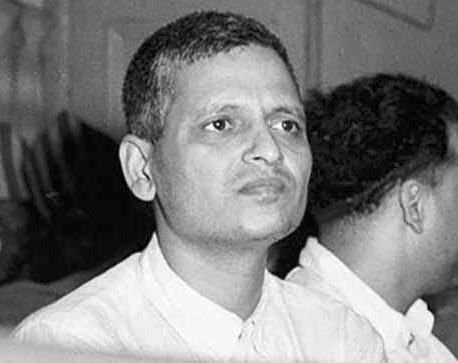
| Bio/Wiki | |
|---|---|
| Real Name | Ramachandra |
| Full Name | Nathuram Vinayak Godse |
| Profession(s) | Rashtriya Swayamsevak Sangh (RSS) Activist, Politician, Journalist |
| Known For | Killing Mahatma Gandhi by shooting him three times in his chest |
| Physical Stats & More | |
| Height (approx.) | in centimeters– 168 cm in meters– 1.68 m in feet inches– 5’ 6” |
| Eye Colour | Black |
| Hair Colour | Black |
| Personal Life | |
| Date of Birth | 19 May 1910 |
| Birthplace | Baramati, Pune district, Bombay Presidency, British India |
| Date of Death | 15 November 1949 |
| Place of Death | Ambala Prison, East Punjab (Now, Haryana), Dominion of India |
| Age (at the time of death) | 39 Years |
| Death Cause | Hanging |
| Nationality | Indian |
| Hometown | Baramati, Maharashtra, India |
| School | A local school at Baramati, Bombay Presidency, British, India |
| College/University | Dropout |
| Educational Qualification | N/A |
| Religion | Hinduism |
| Caste | Brahmin |
| Controversy | The biggest controversy in his life was attacking Mahatma Gandhi twice; first, on 20 January 1948 which was an unsuccessful attack by Godse and his associates and second, on 30 January 1948 which was a successful attack when he shot Mahatma Gandhi three times in his chest. |
| Relationships & More | |
| Marital Status | Unmarried |
| Family | |
| Wife/Spouse | N/A |
| Parents | Father– Vinayak Vamanrao Godse (Worked in Post Office) Mother– Lakshmi |
| Siblings | Brother– Gopal Godse (Freedom Fighter) Sister– 1 |

Some Lesser Known Facts About Nathuram Godse
- Originally named Ramachandra, he was later called Nathuram to ward off bad luck. Prior to his birth, his parents had three sons and a daughter. Tragically, all three sons passed away, leading his parents to mistakenly raise him as a girl for a period of time, even going so far as to pierce his nostrils. Consequently, he acquired the nickname Nathuram, meaning “a man with a pierced nose.” However, when his younger brother Gopal Godse was born, his parents began treating him as a boy instead.
- During his younger years, he held Mahatma Gandhi in high regard. However, his perspective shifted when Gandhi showed favoritism towards Muslims. This change in ideology prompted him to commence writing articles to disseminate his thoughts.
- After failing his Matriculation, Godse decided to leave his High School the following year. He first took up carpentry as a profession before eventually becoming associated with Hindu Mahasabha, a Hindu Nationalist Organization.
- After becoming a member of the Hindu Mahasabha, he initiated the publication of a Marathi Language newspaper named “Agrani,” which was later rebranded as “Hindu Rashtra” after a few years.
- Godse became a member of the RSS in Sangli, Maharashtra in 1932, while still maintaining his membership in the Hindu Mahasabha. Vinayak Damodar Savarkar, an Indian Independence activist, greatly influenced and inspired him.
- On the day of Vijayadashmi in 1942, Godse established his own organization called the ‘Hindu Rashtra Dal’.
- He departed from RSS and Hindu Mahasabha in 1946 due to their failure in safeguarding India from the Partition. Consequently, his interactions with several workers from RSS and Mahasabha turned bitter.
- Godse grieved over the Partition of India and held Mahatma Gandhi responsible for it. He and his colleagues made their initial attempt to assassinate Mahatma Gandhi on January 20, 1948. On that day, Gandhi Ji was engaged in prayers on the elevated lawns of Birla House in New Delhi. Nathuram Godse, accompanied by his colleagues, approached the park where Gandhi Ji was delivering a speech. One of his associates tossed a grenade towards the area where Gandhi Ji stood. The deafening explosion frightened and scattered the public, causing a chaotic stampede. According to their plan, the first grenade was meant to scatter the crowd, and the second grenade was intended to solely target Mahatma Gandhi. However, Godse’s friend, Digambar Badge, lost his nerve and refrained from throwing the grenade. In the midst of the commotion, Godse and his friends fled along with the crowd, except for Madanlal Pahwa, who was subsequently apprehended.
- Nathuram Godse, along with his friend Narayan Apte, made a second attempt to assassinate Mahatma Gandhi. The incident took place on 30 January 1948, as Gandhi Ji was heading to his prayer meeting at Birla House in the evening. He was already running ten minutes late for the prayer. Accompanied by Manuben (Gandhi’s great-niece) on his right and Abha (an adopted girl) on his left, Gandhi Ji walked amidst the crowd. Wearing a khaki dress, Godse managed to make his way through the crowd by folding his hands. Mistakenly thinking that he was trying to touch Gandhi Ji’s feet, Manuben tried to move him aside, expressing her concern that he was causing embarrassment to Gandhi Ji due to his lateness. However, ignoring her, Godse pushed her away and shot Gandhi Ji three times. Manuben witnessed smoke filling the air, while Gandhi Ji’s hands remained folded and he uttered the words “Hey Ram.” The assassination occurred at 5:17 pm that day. Gandhi Ji was immediately taken to a nearby room, where Colonel Bhargava arrived and pronounced his death. The lifeless body of Mahatma Gandhi was present in that room.
- During the incident, American diplomat Herbert Reiner Jr. was present alongside Mahatma Gandhi and apprehended Godse. Nevertheless, according to alternative accounts, Godse turned himself in.
- Nathuram Godse utilized a Beretta M1934 pistol in the assassination of Mahatma Gandhi. This particular firearm was produced in the Kingdom of Italy and had previously been carried by an officer during Italy’s invasion of Abyssinia. Subsequently, a British officer acquired it as a war trophy. The means by which the pistol made its way to India remains unknown.
- In addition to Nathuram Godse and Narayan Apte, seven more individuals involved in the conspiracy were apprehended. These individuals were Digambar Badge, Shankar Kistayya, Dattatraya Parchure, Vishnu Karkare, Madanlal Pahwa, Gopal Godse (Nathuram Godse’s brother), and Vinayak Damodar Savarkar. A photograph was taken, capturing this group of people who were implicated in the assassination of Mahatma Gandhi.
- The trial commenced on May 27, 1948, with charges of murder conspiracy brought against eight out of nine individuals. Vinayak Damodar Savarkar faced charges for violating the Explosive Substances Act. However, due to insufficient evidence, he was acquitted and released. On February 10, 1949, Nathuram Godse and Narayan Apte were both sentenced to death by hanging, while the remaining six individuals, including Gopal Godse, Nathuram Godse’s brother, received life imprisonment. These individuals, marked with a red circle, were found guilty of their participation in the crime.
- All individuals, except Nathuram Godse, pleaded for a lesser punishment, but their pleas were denied. Nathuram Godse, on the other hand, proudly accepted his death sentence. Even Gandhi’s two sons, Manilal Gandhi and Ramdas Gandhi, requested for a commutation, but their appeal was also rejected by the then Prime Minister of India, Jawaharlal Nehru, Vallabhbhai Patel, and the Governor-General, Chakravarti Rajagopalachari. In the front row, there are Nathuram Godse, Narayan Apte, and Vishnu Ramkrishna, while the remaining six individuals are seated behind them.
- In his statement titled “The Reason Behind Gandhi’s Assassination,” he emphasized that Gandhiji had endorsed the concept of a separate Muslim State, which ultimately led to the division of India. Even in the face of Pakistani aggression in Kashmir, Gandhi Ji resorted to fasting as a means to urge the Indian government to provide Rs. 55 crores to Pakistan. The confrontational and militant actions from the Muslim community were a direct consequence of Gandhiji’s policy of appeasement.
- During the Punjab High Court proceedings in Shimla, Judge G.D. Khosla recorded Nathuram Godse’s explanation for his motive behind the murder.
The audience clearly showed their emotions through visible and audible reactions. A profound silence fell upon the room as he finished his speech. If the audience had been transformed into a jury and given the responsibility of deciding Godse’s appeal, there is no doubt in my mind that they would have overwhelmingly declared him “not guilty.”
— G.D. Khosla, Chief Justice of Punjab
- On November 15, 1949, Ambala Jail witnessed the execution of Nathuram Godse and Narayan Apte by hanging.
- In 1967, Gopal Godse, the brother of Nathuram Godse and a co-accused, penned a memoir titled “May It Please Your Honor.” Regrettably, the Indian government swiftly banned its publication due to concerns that it could incite animosity between Hindus and Muslims. Nonetheless, in 1977, following the electoral defeat of the Indian National Congress and the subsequent change in government, the ban was finally lifted.
- In 2014, following the rise of the Bharatiya Janata Party, the Hindu Mahasabha endeavored to rehabilitate Nathuram Godse and present him as a national hero. The organization approached Prime Minister Narendra Modi, urging him to unveil a statue of Godse. Additionally, they produced a documentary film titled “Desh Bhakt Nathuram Godse” (Patriot Nathuram Godse).
- In the run-up to the 2019 General Elections, Sadhvi Pragya Thakur, the BJP candidate representing Bhopal Lok Sabha constituency, acclaimed him as a devoted patriot.

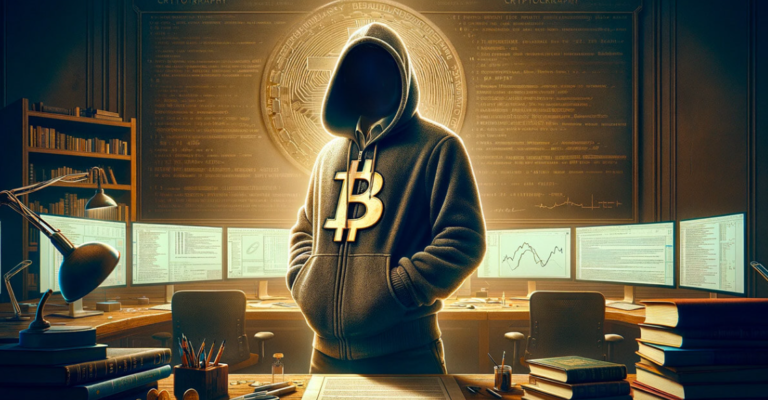
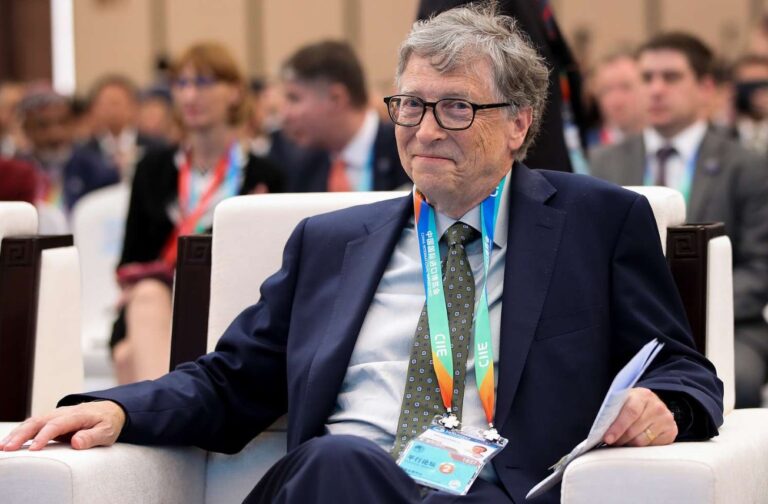




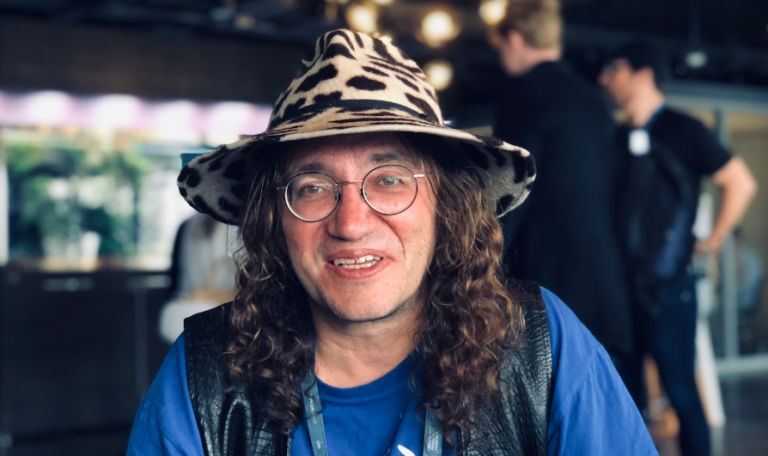


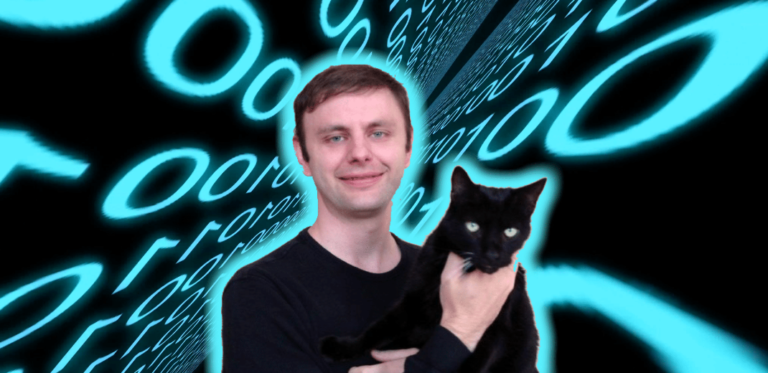


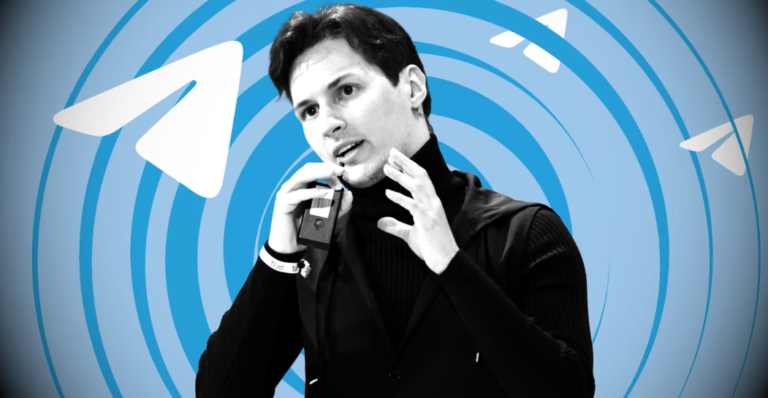
+ There are no comments
Add yours